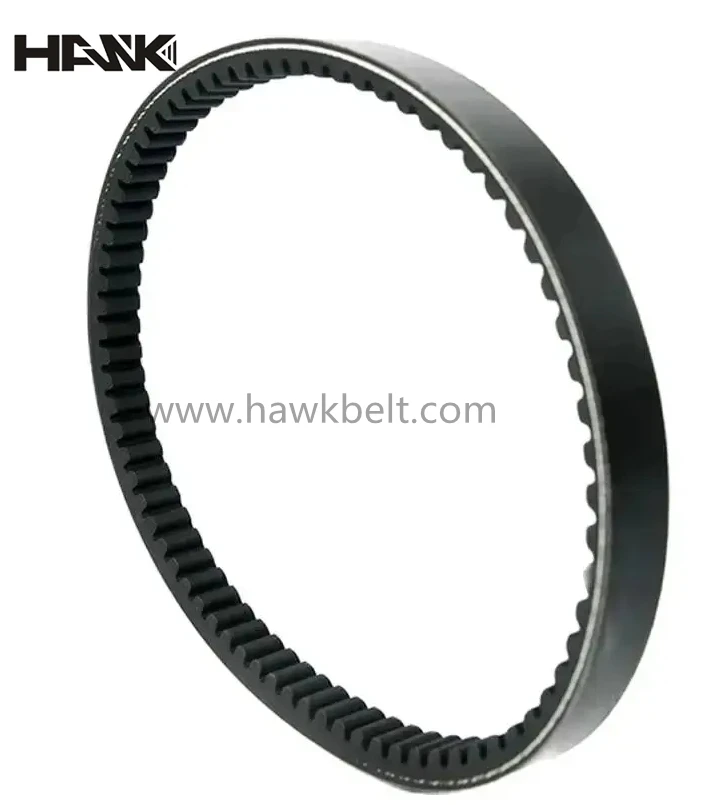- Arabic
- French
- Russian
- Spanish
- Portuguese
- Turkish
- Armenian
- English
- Albanian
- Amharic
- Azerbaijani
- Basque
- Belarusian
- Bengali
- Bosnian
- Bulgarian
- Catalan
- Cebuano
- Corsican
- Croatian
- Czech
- Danish
- Dutch
- Afrikaans
- Esperanto
- Estonian
- Finnish
- Frisian
- Galician
- Georgian
- German
- Greek
- Gujarati
- Haitian Creole
- hausa
- hawaiian
- Hebrew
- Hindi
- Miao
- Hungarian
- Icelandic
- igbo
- Indonesian
- irish
- Italian
- Japanese
- Javanese
- Kannada
- kazakh
- Khmer
- Rwandese
- Korean
- Kurdish
- Kyrgyz
- Lao
- Latin
- Latvian
- Lithuanian
- Luxembourgish
- Macedonian
- Malgashi
- Malay
- Malayalam
- Maltese
- Maori
- Marathi
- Mongolian
- Myanmar
- Nepali
- Norwegian
- Norwegian
- Occitan
- Pashto
- Persian
- Polish
- Punjabi
- Romanian
- Samoan
- Scottish Gaelic
- Serbian
- Sesotho
- Shona
- Sindhi
- Sinhala
- Slovak
- Slovenian
- Somali
- Sundanese
- Swahili
- Swedish
- Tagalog
- Tajik
- Tamil
- Tatar
- Telugu
- Thai
- Turkmen
- Ukrainian
- Urdu
- Uighur
- Uzbek
- Vietnamese
- Welsh
- Bantu
- Yiddish
- Yoruba
- Zulu
Nov . 01, 2024 01:52 Back to list
Understanding the Role and Maintenance of Your Vehicle's Serpentine Belt
The Importance of the Serpentine Belt in Modern Vehicles
The serpentine belt, often referred to as the accessory belt, is an integral component of automotive engines that plays a vital role in the operation of many auxiliary systems. Understanding its function, maintenance, and potential issues can help car owners ensure that their vehicles operate efficiently and reliably.
What is a Serpentine Belt?
The serpentine belt is a long, continuous belt that winds around various pulleys in an engine. It is typically made of durable rubber and designed to withstand extreme conditions, including temperature fluctuations and exposure to engine fluids. This single belt drives multiple accessories, such as the alternator, power steering pump, water pump, air conditioning compressor, and sometimes even the engine cooling fan. The design of a serpentine belt system allows for a lighter and more efficient arrangement compared to older systems that often used multiple belts.
Functions of the Serpentine Belt
The primary function of the serpentine belt is to transfer power from the engine's crankshaft to the various accessories that require it to operate
. For example, the alternator generates electricity to recharge the battery and power the vehicle's electrical systems, while the power steering pump ensures that steering is smooth and effortless. By driving these crucial components, the serpentine belt contributes significantly to the vehicle's overall performance and convenience.Signs of Wear and Failure
serpentine belt

Like any mechanical component, serpentine belts can wear out over time. Common signs of wear include cracks, fraying, or signs of glazing (a shiny appearance). A slipping serpentine belt can lead to loss of power steering assistance or reduced effectiveness of the alternator, resulting in electrical issues. In some cases, the belt might even break, leading to a complete loss of functionality for the systems it drives, which can be dangerous, especially for power steering and engine cooling.
Maintenance Tips
To ensure the longevity of the serpentine belt, regular inspection and maintenance are essential. Car owners should refer to their vehicle's owner manual for recommended inspection intervals, typically every 30,000 to 60,000 miles. During inspections, look for signs of wear or damage, and check the tension of the belt. Proper tension is crucial, as a belt that is too loose can slip, while one that is too tight may cause premature wear on the pulleys and the belt itself.
In addition to visual inspections, it is also wise to listen for any unusual noises, such as squeaking or chirping sounds, which may indicate that the belt is either slipping or misaligned. If any signs of wear or failure are detected, replacement of the serpentine belt should be carried out immediately to avoid further damage to the engine or its accessories.
Conclusion
The serpentine belt is a critical component of any modern vehicle, enabling various systems to operate smoothly and efficiently. Regular inspections and maintenance of the serpentine belt can prevent unexpected breakdowns and ensure that your vehicle continues to perform at its best. Recognizing the signs of wear and understanding the role of the serpentine belt will empower car owners to take proactive steps in vehicle upkeep, ultimately enhancing safety and reliability on the road.
-
Upgrade Power Steering Pump Belt for Smooth, Quiet Operation
NewsAug.27,2025
-
Precision Timing Belt & Chain: Engine Performance & Durability
NewsAug.26,2025
-
Precision Lathe Drive Belts: Durable & Reliable Performance
NewsAug.25,2025
-
84.5 Serpentine Belt: Durable & Precision Fit for Your Engine
NewsAug.24,2025
-
Premium Ribbed Drive Belts for Quiet Power Transmission
NewsAug.23,2025
-
High-Performance Vehicle Timing Belt for Engine Precision
NewsAug.22,2025

